Top 6 Crypto Updates At this moment
Stay ahead in the world of cryptocurrency with the top 6 updates you need to know right now. First up, Bitcoin’s recent surge has investors buzzing, with experts predicting even more growth. Ethereum is also on the rise, fueled by its adoption in decentralized finance (DeFi) and the upcoming transition to Ethereum 2.0. Meanwhile, altcoins like Cardano and Solana are making waves with new partnerships and developments.
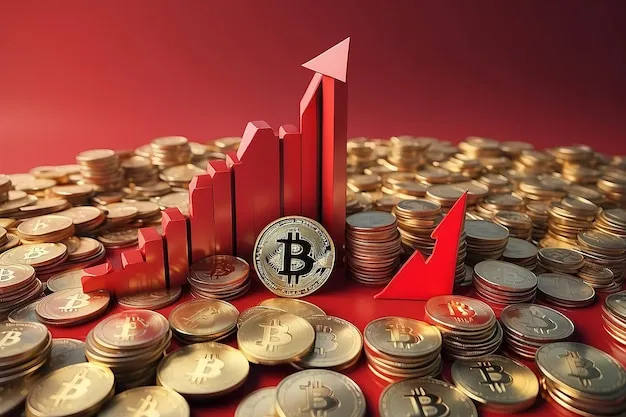 https://tinyurl.com/5n9bpcdj
https://tinyurl.com/5n9bpcdj
NFTs continue to be a hot topic, with artists and creators exploring new ways to monetize digital art and collectibles. Regulatory news is also making headlines, with governments around the world discussing how to best regulate the crypto market. Lastly, the rise of central bank digital currencies (CBDCs) is reshaping the future of money, with countries like China already rolling out their own digital currencies. Stay informed with these top crypto updates shaping the industry today.
Understanding Cryptocurrency
Cryptocurrency is a digital or virtual form of currency that uses cryptography for security. Unlike traditional currencies issued by governments, cryptocurrencies operate on decentralized networks based on blockchain technology. This means that transactions are recorded on a public ledger that is maintained by a network of computers, rather than a central authority. One of the key features of cryptocurrencies is their decentralization, which means they are not controlled by any single entity, such as a government or financial institution.
Instead, transactions are verified by network nodes through cryptography and recorded on a blockchain. This provides a level of security and transparency that is not possible with traditional currencies. Additionally, cryptocurrencies can be used for a variety of purposes, including online purchases, investments, and remittances, and can be exchanged for traditional currencies on cryptocurrency exchanges.
Top 6 Cryptocurrency Updates
- Pepe’s Decline

Pepe the Frog, once a beloved internet meme, has seen its cryptocurrency counterpart, PEPE, experience a significant decline. Here’s a breakdown of the reasons behind this fall:
Short-Term Fluctuations vs. Long-Term Trend:
It’s important to differentiate between short-term dips and the overall trend. PEPE’s value might fluctuate daily, but the bigger picture reveals a downward trajectory.
Factors Contributing to the Decline:
Meme Coin Volatility: Meme coins, like PEPE, are known for their high volatility and dependence on hype. When the initial excitement fades, prices often drop. https://tinyurl.com/5n9bpcdj
Lack of Utility: Unlike some established cryptocurrencies, PEPE currently lacks real-world use cases or functionalities beyond being a meme coin. This limits its long-term appeal to investors.
Competition: The meme coin market is crowded with numerous contenders. If PEPE fails to differentiate itself or offer unique features, investors might shift their focus to other meme coins.
News and Social Media Sentiment:
Negative news or declining social media buzz surrounding PEPE can further contribute to its price decline. For instance, if major platforms restrict Pepe memes due to past controversies, it could negatively impact the token’s value.
Pepe experienced an 11% drop in just 24 hours, attributed to the transfer of 2.6 trillion PEPE from the Kucoin exchange. This movement indicates shifting dynamics within the Pepe market and could reflect investor sentiment and trading patterns.
- Liquidation and Position Movement
Liquidation and position movement are two interrelated concepts in finance, particularly relevant in futures and margin trading. Here’s a breakdown of each:
Liquidation:
Definition: Liquidation refers to the forced closing of a position by a broker or exchange to recover their own risk.
Trigger: It happens when the value of a trader’s position falls below a certain threshold, called the liquidation level.
Margin Trading: This typically occurs in margin trading, where you borrow money from a broker to leverage your position.
Impact: Liquidation can lead to significant losses for the trader, as positions are closed often at unfavorable prices, especially during volatile markets.
Margin Call: Before liquidation, a broker might issue a margin call, prompting the trader to deposit more funds to maintain the minimum margin requirement.
Position Movement:
Definition: Position movement refers to any change made to an existing open position in the market.
Types of Movement: This can involve: https://tinyurl.com/5n9bpcdj
Adding to a position: Buying or selling additional contracts in the same direction (increasing your long or short position).
Reducing a position: Selling contracts to decrease your long position or buying contracts to decrease your short position.
Closing a position: Completely exiting a long or short position by taking the opposite trade (selling to close a long or buying to close a short).
Risk Management: Position movement is a crucial aspect of risk management. Traders use it to adjust their exposure to the market based on price changes and their risk tolerance.
Relationship Between Liquidation and Position Movement:
Proactive position movement can help prevent liquidation.
By monitoring your positions and market conditions, you can adjust your positions (e.g., reduce your position size) to maintain sufficient margins and avoid forced liquidation. https://tinyurl.com/5n9bpcdj
Conversely, liquidation can trigger position movement. When a liquidation occurs, your open positions are automatically closed, effectively moving your position to zero.
In the past hour, over $137 million was liquidated, with long positions accounting for $135 million and short positions making up $2.31 million. This
highlights the volatility and risk inherent in cryptocurrency trading.
- Tether’s Security Audit
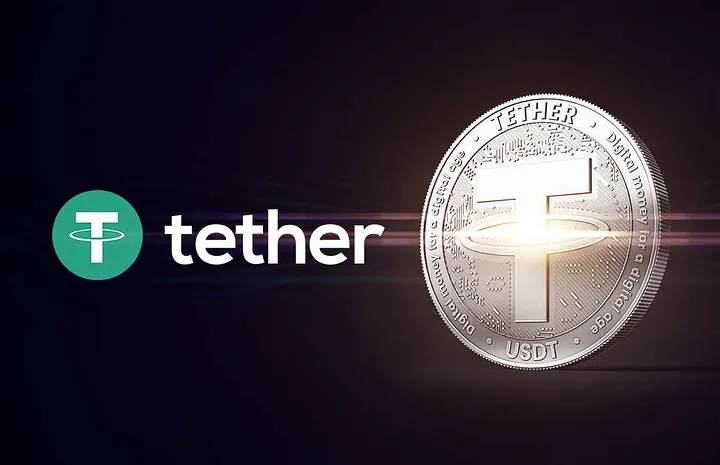
Tether is a cryptocurrency designed to be a stablecoin, meaning its value is pegged to a real-world asset, in this case, the US Dollar (USD). Ideally, 1 Tether (1 USDT) should always be worth around $1 USD.
Here’s a breakdown of Tether’s current status (as of April 5, 2024):
Price: Tether’s price fluctuates slightly but generally stays close to $1 USD.
CoinMarketCap reports the price as $1.00 USD. https://tinyurl.com/5n9bpcdj
Some other sources might show minor deviations, like $0.999 or $1.002.
Market Cap: CoinMarketCap shows a market cap of around $106.6 billion USD.
Trading Volume: The 24-hour trading volume for Tether is significant, often exceeding billions of dollars.
Additional Points:
Tether is the largest stablecoin by market capitalization.
It plays a crucial role in the cryptocurrency ecosystem, facilitating trades between other cryptocurrencies.
Tether has faced some controversy regarding its reserves backing the tokens. However, it maintains its peg to the US dollar.
Tether, the popular stablecoin, has completed a major security audit, known as SOC 2 Audit Type 1, successfully. This milestone marks a crucial step toward achieving the highest level of security compliance, reassuring investors and users about its safety.
- Catcoin’s Market Cap Milestone
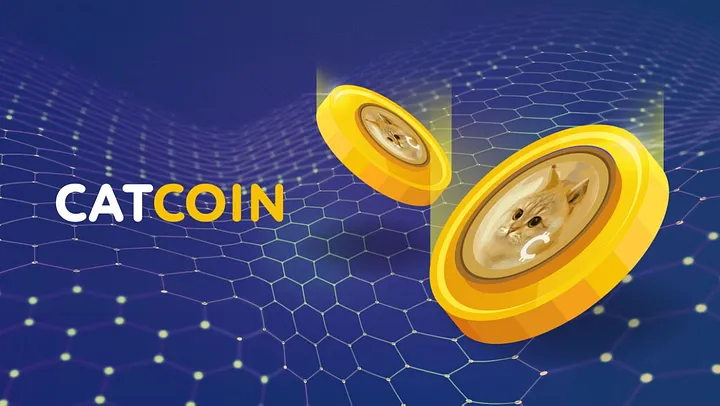 https://tinyurl.com/5n9bpcdj
https://tinyurl.com/5n9bpcdj
Catcoin’s price information seems to be conflicting across different sources. Here’s a breakdown from what I found:
Price: There are two main reported prices:
$1.84e-9 USD (or 0.00000000184 USD): This is reported by CoinMarketCap.
$7.27e-10 USD (or 0.00000000727 USD): This is reported by another source [2]. Both sources update their prices in real time.
Market Cap: CoinMarketCap shows the market cap for Catcoin as unavailable.
Trading Volume: Both sources show trading volume in the last 24 hours:
$155,804 USD: Reported by CoinMarketCap.
$3,244,896 USD: Reported by another source. There’s a significant difference between these numbers.
Change:
CoinMarketCap shows a decrease of 6.45% in the last 24 hours.
The other source shows a decrease of 12.18%.
Additional Points:
Catcoin’s all-time high was $0.000008169, reached on March 26, 2024.
There’s limited information available about Catcoin’s circulating supply and maximum supply.
You can buy Catcoin on some cryptocurrency exchanges, including Jupiter, PancakeSwap v3, Raydium, Uniswap v2, and DODO. https://tinyurl.com/5n9bpcdj
Catcoin (CAT) achieved a significant milestone by surpassing a $50 million market cap. Trading at $0.000000001076, it experienced a notable surge in trading volume by 48%, reaching $7.63M, demonstrating strong investor interest.
- CREDI Surges 30%
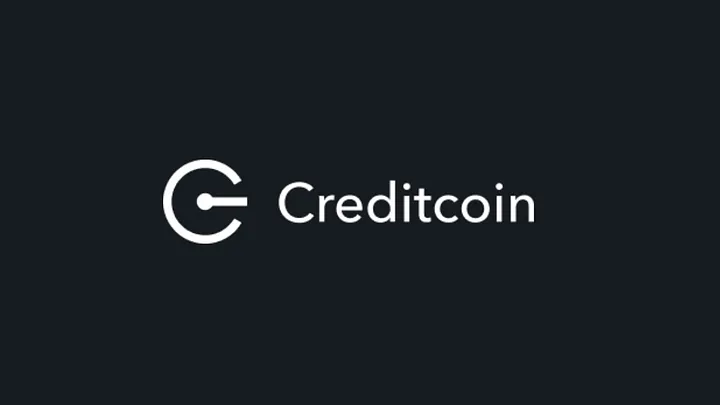
What it is:
CREDI is the native cryptocurrency of the Credefi platform.
Credefi in a nutshell:
It’s a DeFi (Decentralized Finance) platform focused on bridging the gap between traditional lending and blockchain technology.
They target SMEs (Small and Medium-sized Enterprises) in the EU, offering them loan options.
What CREDI is used for:
Platform Transactions: You can use CREDI to pay fees for various services on Credefi.
Governance: CREDI holders can participate in voting on proposals that affect the platform’s future.
Lending and Borrowing: CREDI can be used for lending or as collateral for loans on the platform.
Trading or Holding: You can trade CREDI on cryptocurrency exchanges or hold it for potential future value increase (HODL). https://tinyurl.com/5n9bpcdj
Current Status of CREDI (as of April 5, 2024):
The price of CREDI is around $0.043.
It’s down slightly in the past 24 hours.
You can buy CREDI on several cryptocurrency exchanges, including KuCoin and Uniswap.
Additional Points:
CREDI’s all-time high was significantly higher at around $0.32, reached in December 2021.
Credefi uses a risk assessment process to mitigate risks associated with loans.
Credefifinance’s CREDI surged by 30% following the announcement of its Testnet going live. The mainnet launch is scheduled within just two weeks, indicating increasing anticipation and confidence in the project’s development.
- Tokenization of US Treasuries
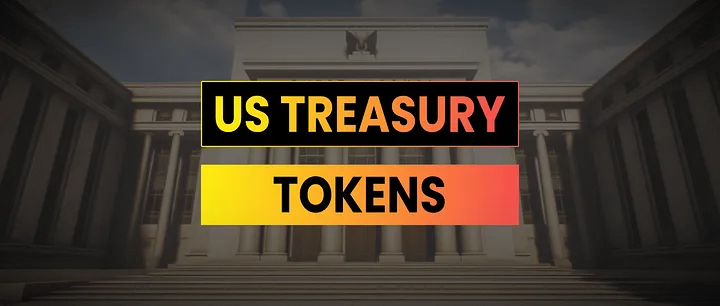
What it is: https://tinyurl.com/5n9bpcdj
Imagine taking a physical US Treasury bond and turning it into a digital token. That’s tokenization in a nutshell.
These tokens represent ownership of a share in the underlying Treasury bond.
They trade on blockchains, which are digital ledgers known for security and transparency.
Why it’s interesting:
Increased Accessibility: Traditionally, investing in Treasuries can be cumbersome. Tokenization allows for easier buying, selling, and holding of fractions of Treasuries.
Faster Settlements: Blockchains can facilitate faster trade settlements compared to traditional methods.
New Investment Strategies: Tokenization opens doors for new financial instruments and investment strategies.
Current State:
The market for tokenized Treasuries is relatively new but growing rapidly.
Over $1 billion worth of US Treasuries have already been tokenized.
Established players like BlackRock are entering the space, signifying growing interest.
More than $1 billion worth of US Treasuries has been tokenized on-chain across Ethereum, Polygon, Solana, and other chains. This development aligns with the launch of Blackrock’s ‘BUILD’ fund, signaling a growing trend toward on-chain tokenization of traditional assets. https://tinyurl.com/5n9bpcdj
Conclusion
In conclusion, the world of cryptocurrency is evolving rapidly, with new developments and trends emerging daily. Whether it’s the soaring prices of Bitcoin and Ethereum, the innovative projects being built on blockchain technology, or the regulatory changes shaping the market, there’s never been a more exciting time to be involved in cryptocurrency development. As the industry continues to mature, it’s important to stay informed and educated about the latest updates and advancements.
Whether you’re an investor, developer, or simply curious about the future of finance, the top 6 crypto updates highlighted here provide a snapshot of the current landscape. By keeping a close eye on these trends and developments, you can better navigate the ever-changing world of cryptocurrency and position yourself for success in this dynamic market. https://tinyurl.com/5n9bpcdj

